After breakfast, drive to Paro airport for flight to onward destination.
from 0 review
12 Days 11 Nights
Daily Tour
Unlimited
Any Preferred Language
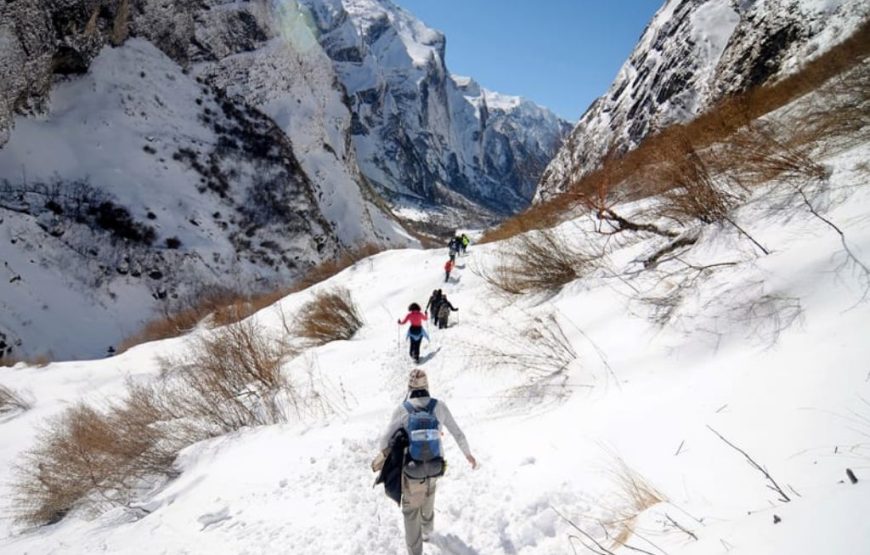
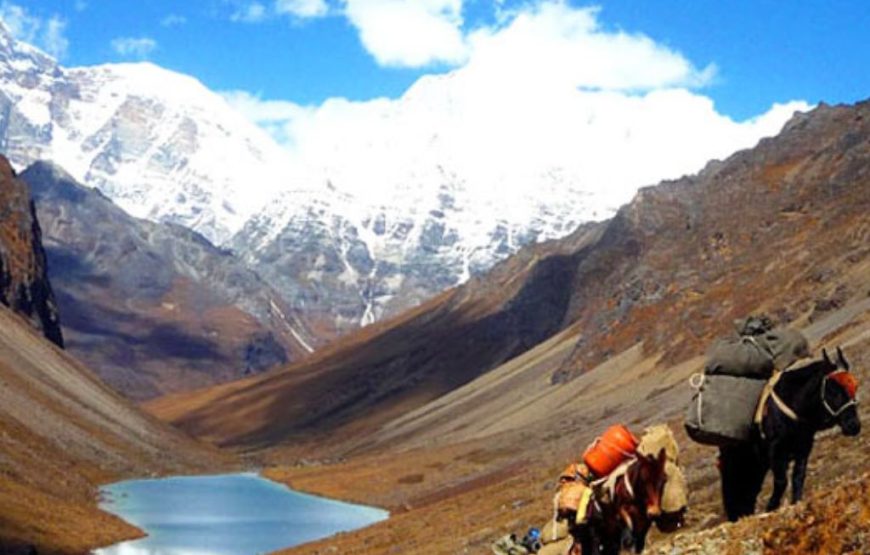
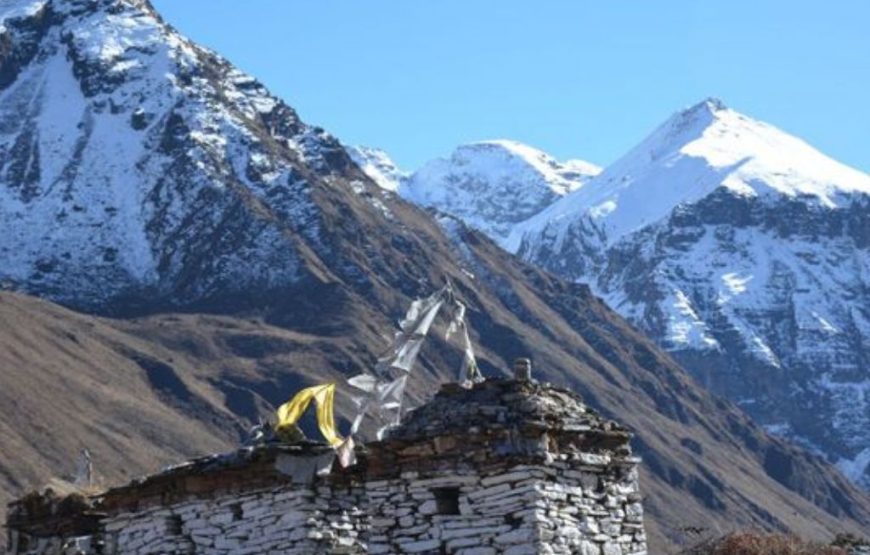
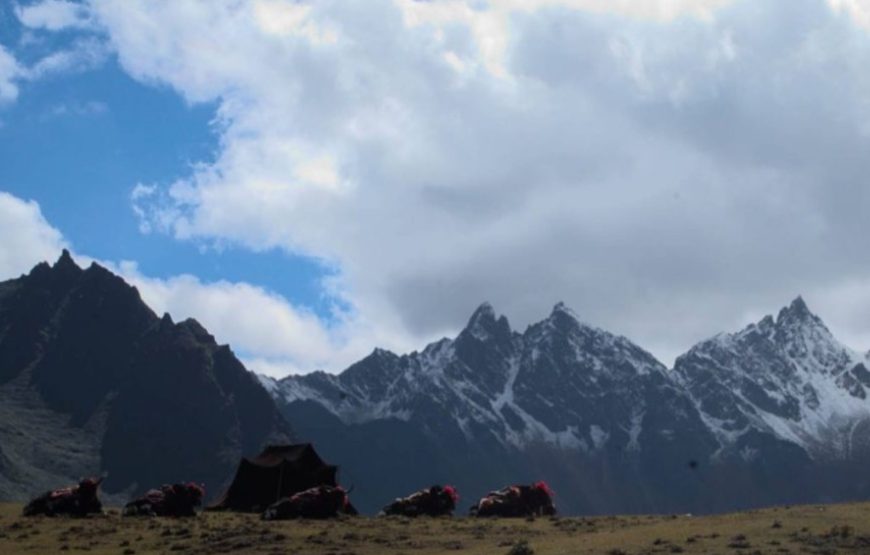
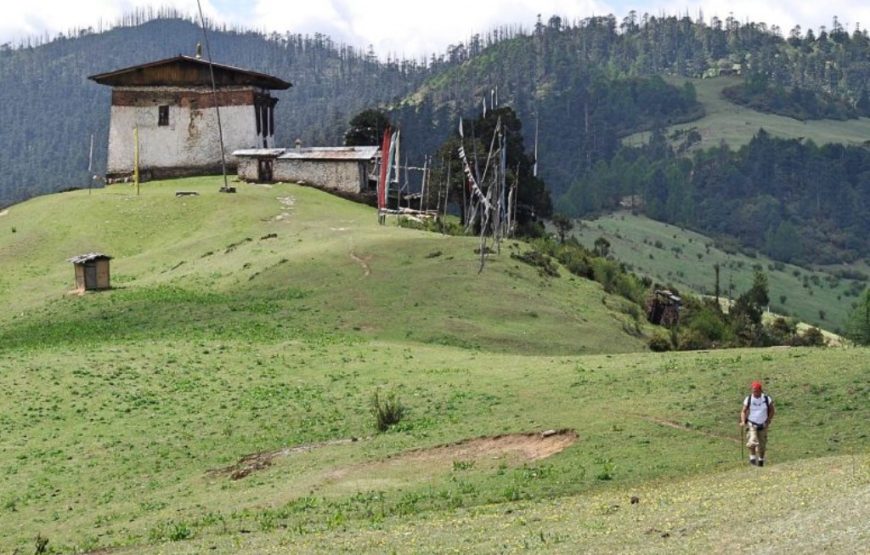
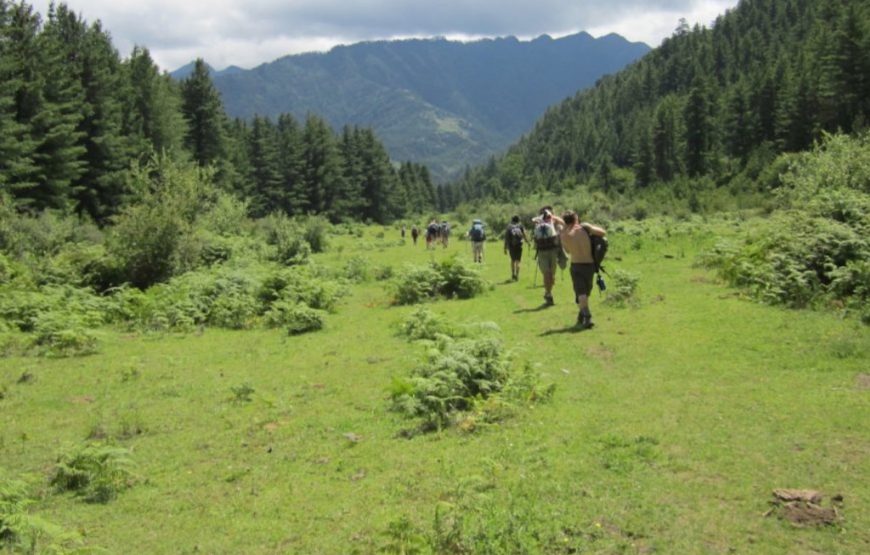
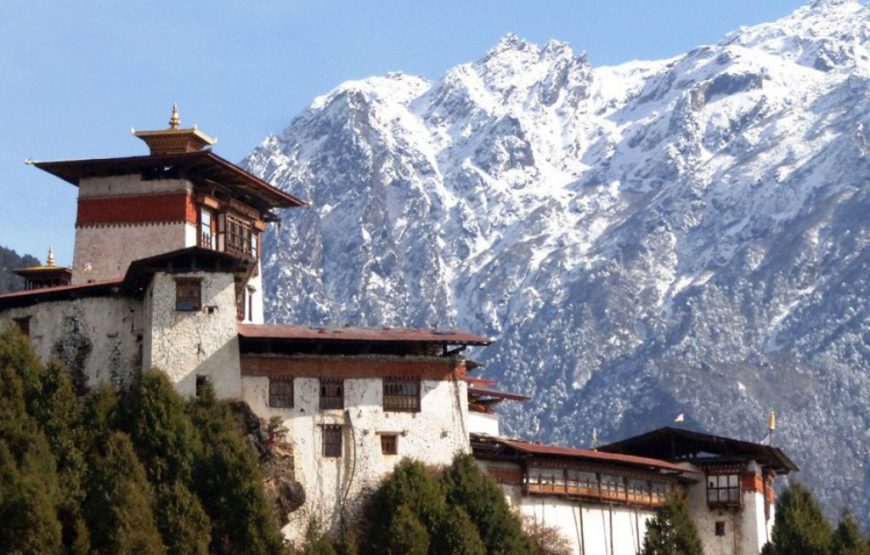
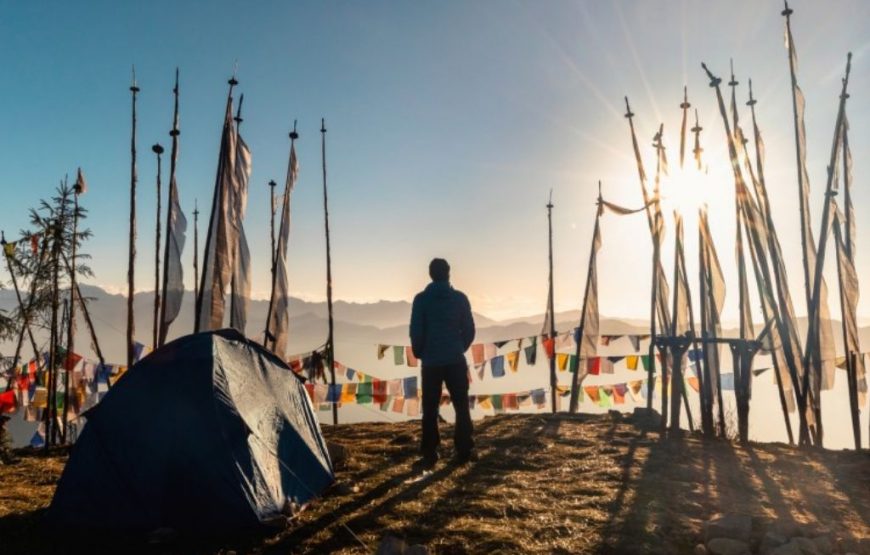
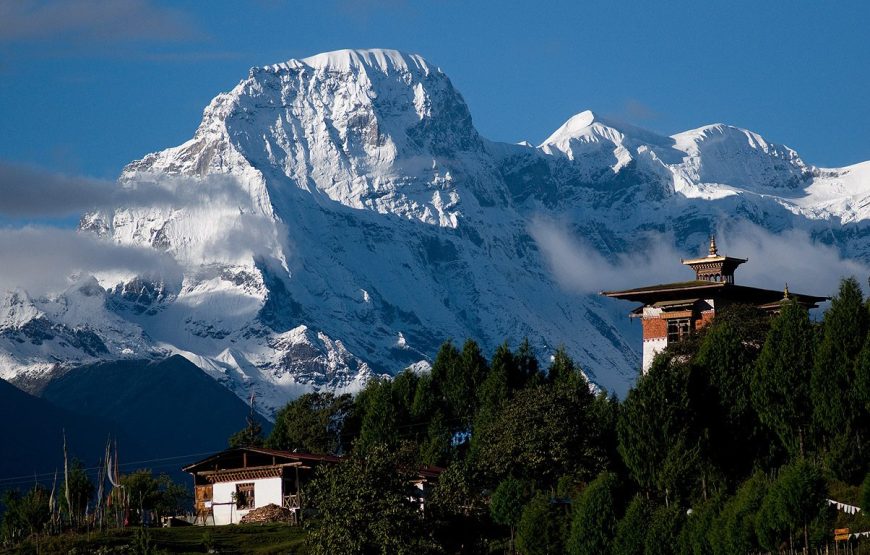
Starting at Drukgyel Dzong, Paro this trek passes through scattered hamlets and farmland into a deep and richly forested valley, which leads to a high alpine pastureland where yak herders graze their animals. The trek offers a taste of the great variety of Bhutanese landscape.
On arrival at Paro airport, you will be met by your Etho Metho representative and transferred to your hotel after completion of arrival formalities. Evening visit to Paro market and town. Overnight at the hotel in Paro.
Morning visit to Ta Dzong, built in 1651 as a watchtower and in 1968 inaugurated as Bhutan’s National Museum. The collection includes art, relics, religious thangkha paintings, postage stamps, coins and handicrafts, as well as a small natural history collection. Below Ta Dzong is Rinpung Dzong (Paro Dzong), “the fortress of the heap of jewels”, built in 1646, and now housing the offices of the district administration and Paro’s monk body. In the afternoon, visit Kyichu Lhakhang. Built by the Tibetan king, Songtsen Gampo in the 7th century, it is one of the oldest and most sacred shrines of Bhutan. Overnight at the hotel in Paro.
17km, 5-6 hours
The trek starts from Drukgyel Dzong (2,580m) with a short downhill walk on a wide trail. The trail then climbs gently through well-maintained rice terraces and fields of millet. Later on we come to apple orchards and forests. Soon the valley widens, and we reach the army post of Gunitsawa (2,810m). This is the last stop before Tibet. We continue upwards to just beyond Sharma Zampa (2,870m), where there are several good camping places in meadows surrounded by trees.
20km, 7-8 hours
The trail again follows the Pa Chu (Paro river), ascending and descending through pine, oak and spruce forests. After crossing a bridge to the left bank of the river, we stop for a hot lunch. Then we continue along the river, climbing upwards through rhododendron forests, and crossing the river once more before reaching our campsite (3,750m).
19km, 7-8 hours
The path ascends for a while until we reach the army camp. We then follow the river above the tree line, enjoying stunning views of the surrounding peaks. Hot lunch is served at a yak herder’s camp. A short walk from here into the valley takes us to our campsite at Jangothang (4,040 m). From here, the views of Chomolhari and Jichu Drake are superb.
18km, 7-8 hours
The trail takes you through dwarf rhododendron trees and passes by the lake of Janetsho. Today you may come across some yak herders’ camps and get an idea of how these people live. We camp overnight close to Simkota Lake, and if you are lucky you can catch a lake trout for your dinner.
22km, 8-9 hours
The Laya-Gasa route leaves the Chomolhari trek route here. Our trail climbs up towards a small white chorten on a ridge above the camp, then turns south up the deep Mo Chu valley. The trail stays on the west side of this largely treeless valley, climbing steadily a short distance above the Mo Chu. It then crosses the river, and climbs steeply for two hours to Yeli-la (4,820m). On a clear day you can see Chomolhari, Gangchenta, Tserimgang and Masagang from this pass. Descend alongside a stream to a rock shelter in the cliff face, and then continue on downstream till reaching Shodu (4,100m), where we will camp in a meadow with a chorten in it.
16km, 6 – 7 hours
We are now back at the tree line, and our path follows the course of the Thimphu Chu, descending through rhododendron, juniper and mixed alpine forests. There are stunning views of rocky cliff faces and waterfalls along the way. We stop at the riverside for a hot lunch. Then the trail takes us gradually upwards to the ruins of Barshong Dzong (3,600m), near which we camp for the night.
15km, 5 – 6 hours
The trail descends gently through a dense forest of rhododendron, birch and conifers, then drops steeply to meet the Thimphu Chu. The trail runs along the left bank of the river, climbing over ridges and descending into gullies where side streams run down into the river. The final stage of the trail climbs around a cliff face high above the Thimphu Chu, coming out onto pastureland where we camp for the night at 3,600m.
8km, 3 hours
The trail winds in and out of side valleys above the Thimphu Chu, making a long ascent through a forest of conifers and high altitude broadleaf species to a pass at 3,510m. The trail then drops steeply down to the river, following it southward to the road head at Dodena (2,600m). Etho Metho transport meets us here, and we drive to Thimphu. Overnight at hotel in Thimphu.
Full day of sightseeing in Thimphu valley visiting the following, as time permits: National Memorial Chorten; Tashichhodzong (“the fortress of the glorious religion”); National Library; Institute for Zorig Chusum (Bhutanese arts and crafts school); National Institute of Traditional Medicine (outside only); Handicrafts Emporium. Evening drive to Paro. Overnight at the hotel in Paro.
After breakfast, drive to Paro airport for flight to onward destination.
Bhutan is a year-round destination. There are four seasons: summer (June to August), autumn (September to November), winter (December to February) and spring (March to May). But because of the range of altitudes in the country, and the influence of the north Indian monsoons, the climate is incredibly varied.
In the south, the humid, subtropical climate is fairly consistent year-round, with temperatures between 15oC and 30oC. Central Bhutan, with its temperate forests, has a more seasonal climate, with warm summers and cool, dry winters. The northern regions are much colder during winter. Because of the high altitude, mountain peaks are snowy year-round and the lower reaches remain cool in summer.
In summer, the Indian monsoon season runs from late June or July to late September, mostly affecting the southern regions. Most farming activities take place in the summer, when crops thrive in verdant landscapes.
Autumn, from late September or early October to late November, follows the rainy season. It is characterised by bright, sunny days and some early snowfall at higher elevations. It’s the season of feasts and festivals as farmers reap the fruits of their work.
From late November until March, the crisp, clear and sunny winter sets in, with frost throughout much of the country and snowfall common above elevations of 3,000 metres. The winter northeast monsoon brings gale-force winds at the highest altitudes through high mountain passes, giving Bhutan the name Drukyul, which means Land of the Thunder Dragon in Dzongkha (Bhutan’s national language).
Bhutan’s generally dry spring starts in early March and lasts until mid-April. It is a botanist’s delight, with nature in full bloom. Summer weather commences in mid-April with occasional showers and continues to late June.
If you would like to book completely independently, there are plenty of online resources for inspiration, research and booking – including this website. There are lots of experienced, accredited tour operators that can help you too. Please check our website https://services.bhutan.travel/ for a full list of DOT-certified Tour Operators, hotels and guides.
Our host team is also on hand to help provide you with information as you plan your journey.
The country has one international airport located in Paro. Flights operated by Drukair and Bhutan Airlines arrive and depart from destinations including Bangkok, Delhi, Kolkata, Bagdogra, Bodhgaya, Dhaka, Kathmandu, Guwahati and Singapore. Private jets or charters can fly into Bhutan after obtaining the relevant approvals.
There are also domestic airports in Yonphula in eastern Bhutan, Bumthang in central Bhutan, and Gelephu in south-central Bhutan.
There are no rules about what visitors should wear. However if you are planning to visit places of religious significance, respectful smart-casual clothing that covers your body from shoulders to knees is appropriate and appreciated.